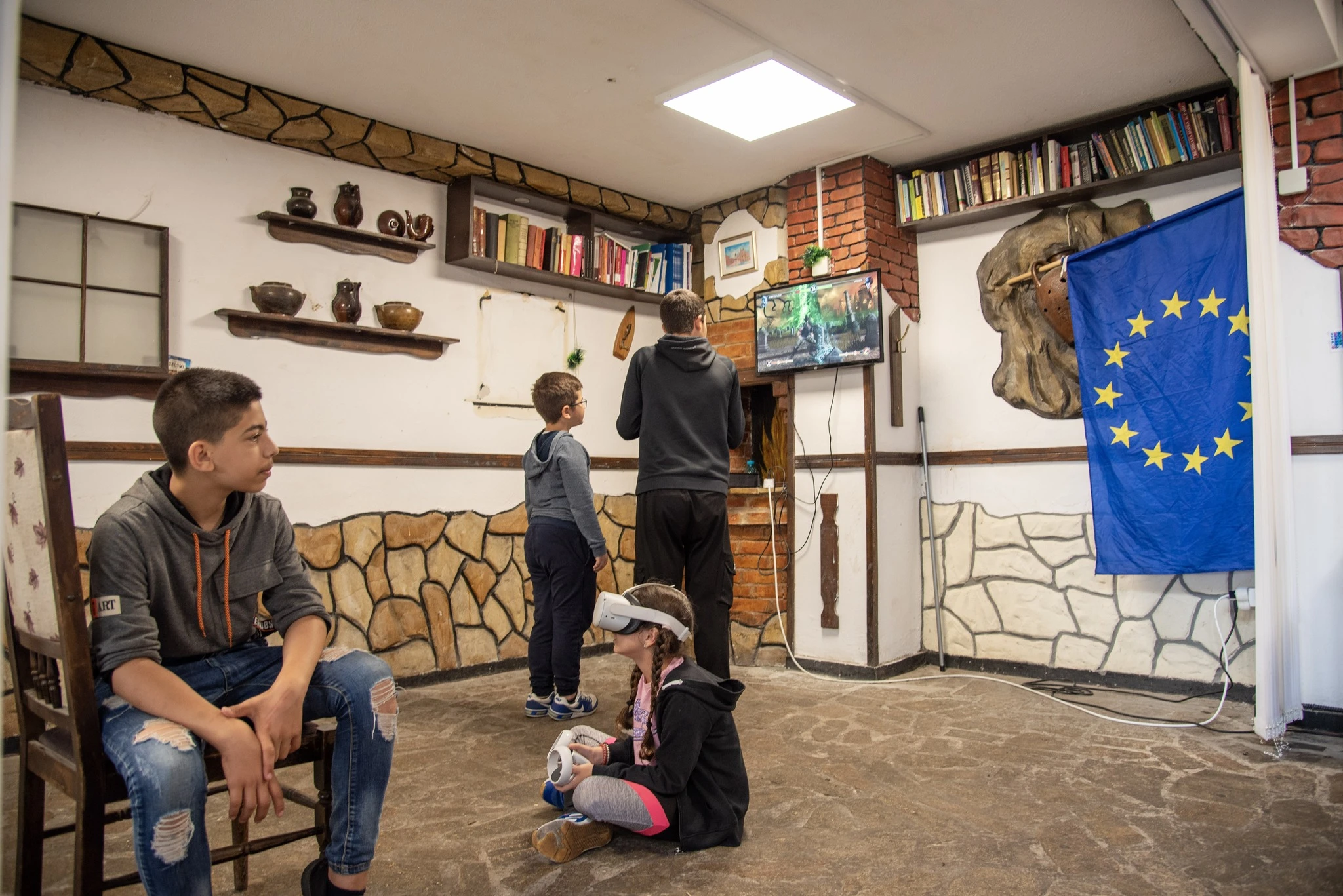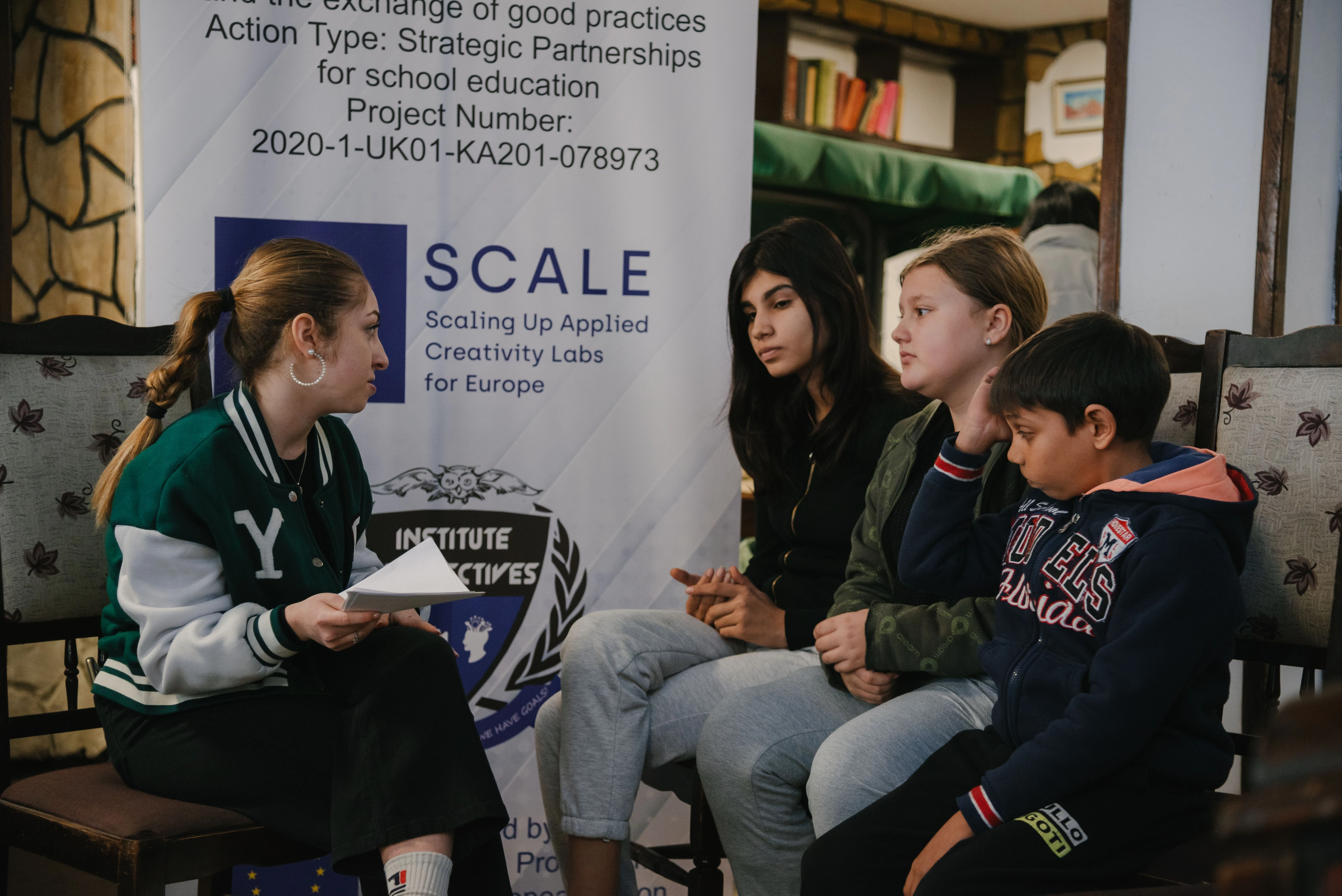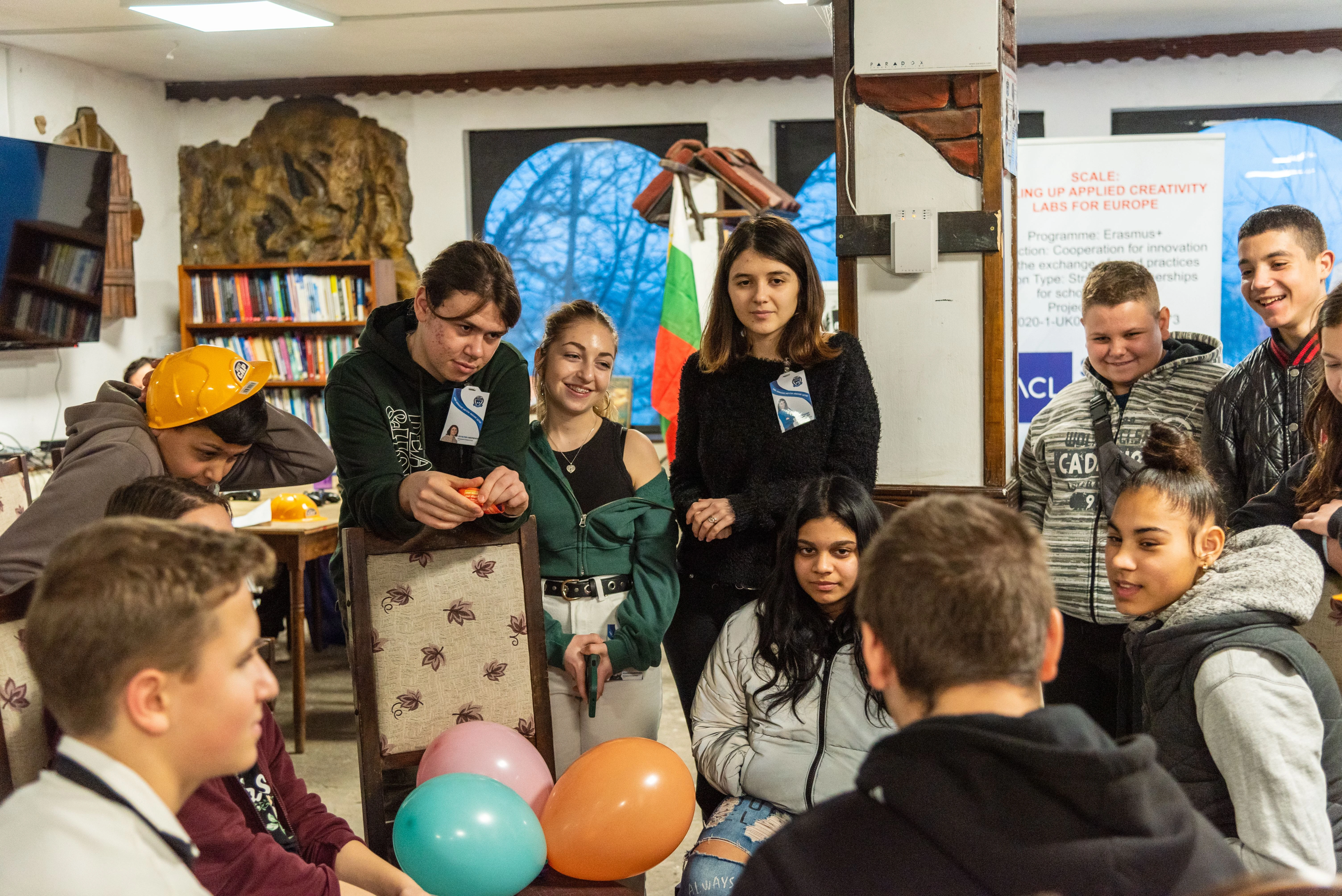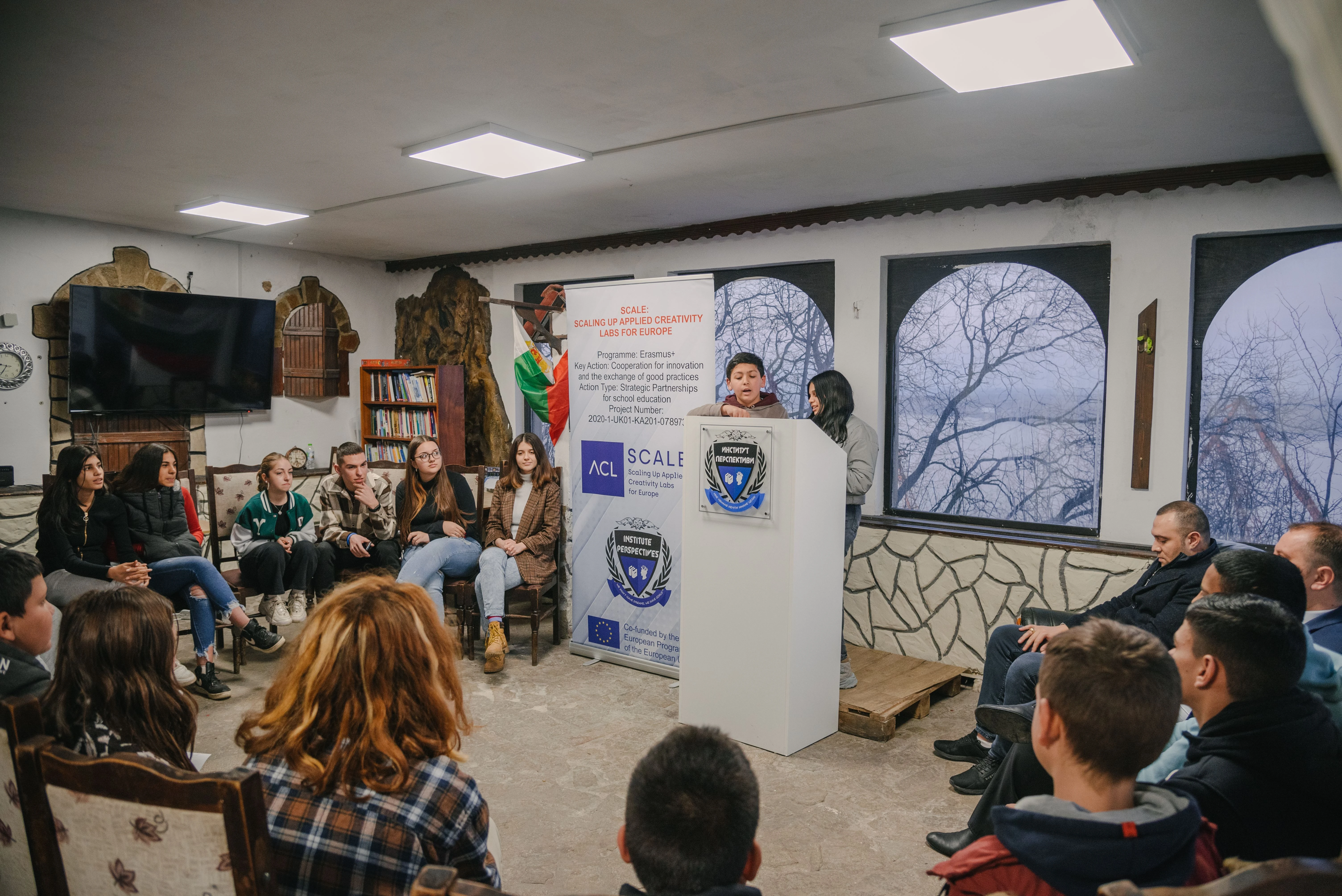Teaching & Learning Creativity Using the Applied Creativity Lab model
The Applied Creativity Lab model includes several key components, including divergent and convergent thinking skills, working in collaboration and developing personal resilience. The Labs also allow students to learn in a live environment where problems are real, failure is acknowledged as a necessary building block of success and where expert advice is there to support the learner journey, not to provide the ‘right answer’, because there isn’t a right answer.
The competencies in the framework are for both the educator to develop in their own teaching practice and for the learner to develop as a form of independent learning. The learner competencies are also there for the educator to use, as a way of being able to recognise that learning is taking place in the desired way. The learner and the educator, therefore, learn how to become collaborators in the learning experience.
As well as students learning to learn and becoming systematically creative in their thinking, the Labs also result in improved oracy, confidence, listening skills, collaborative working with peers, respect for one another’s ideas and a better understanding of career opportunities in science and innovation.
The purpose of this guide is to promote the widespread adoption of teaching and learning creativity as a transferable life-skill that is vital to our efforts to support young people who now crucially need to develop their future adaptability and resilience in an uncertain world.
There is a critical and timely need for young people, as they enter their adult lives, to be able to apply creativity to serious issues relating to climate change and other significant sustainability challenges.
The guide has been developed to help teachers and educators understand the general principles behind teaching for creativity in real-world learning ‘innovation’ contexts. The process is perhaps more accurately described as understanding the principles behind facilitating creativity in learners, as the practice is very rooted in co-constructed learning between teacher and learner.
The guide provides some background to how creativity and the creative process has been researched in relation to teaching and learning. It also provides a breakdown of the broad methodological approaches and more specific competencies that teachers can develop in active learning sessions and what competencies to look out for and nurture in their learners.
Methodology For Younger Adults Activation and Empowerment
This is innovative and complementary methodology for younger adults activation and empowerment, supporting their transition to adulthood. The methodology is aimed to help professionals who work with the target group of younger adults, working with individuals or with groups.
Activation of individuals in social context can be an important resource in this unique situation of troublesome transitions to adulthood. Furthermore, that one can achieve activation and active citizenship, competencies for critical thinking, as well as reflection on processes of nowadays society are necessary.

DIGITAL PATHS TO INDEPENDENT LIVING

This e-book is a comprehensive guide, drawing from the experiences and expertise of seven European countries (Poland, Turkey, Bulgaria, Romania, Portugal, Spain, and Belgium). It provides advanced insights into key areas, particularly focusing on the education and rehabilitation of individuals with profound intellectual disabilities. Aimed at fostering independent living, it offers research-based program proposals for special schools and similar institutions. Additionally, it addresses the challenges and innovations in education and rehabilitation during the Covid-19 pandemic, incorporating best practices and new methodologies from the participating countries.
The handbook further introduces an ePortfolio method, initially trialed on teachers and later on 80 students from Bulgaria, Romania, and Poland, with plans for EU-wide application. This method is pivotal for activities in special schools, especially in implementing a new unified educational-rehabilitation program that includes four main elements: Independent living space, Open job market employment, Relationships and sexuality, and Civil life. Furthermore, the book documents methodological proposals from each country on various topics like communication support and ICT utilization. It concludes with the development of a methodology for using 360-degree cameras and goggles, creating a virtual space for educational and rehabilitation tasks.
Content
BASIC LITERACY, NUMERACY AND LIFE SCIENCES DEVELOPMENT
Read MoreDEVELOPMENT OF SOCIAL AND COMPETENCE SKILLS OF DISABLED STUDENTS. CHILDREN, ADOLESCENTS AND ADULTS
Read MoreMUSIC, ART THERAPY AND CITIZENSHIP
Read MoreSPEECH THERAPY GAMES
Read MoreTOOLS TO SUPPORT PARENTS AND ENCOURAGE COOPERATION - INTERNET SAFETY STANDARDS
Read MoreSOFT SKILLS AND PREPARATION FOR INDEPENDENT LIVING AND WORK ON THE OPEN LABOUR MARKET.
Read More

